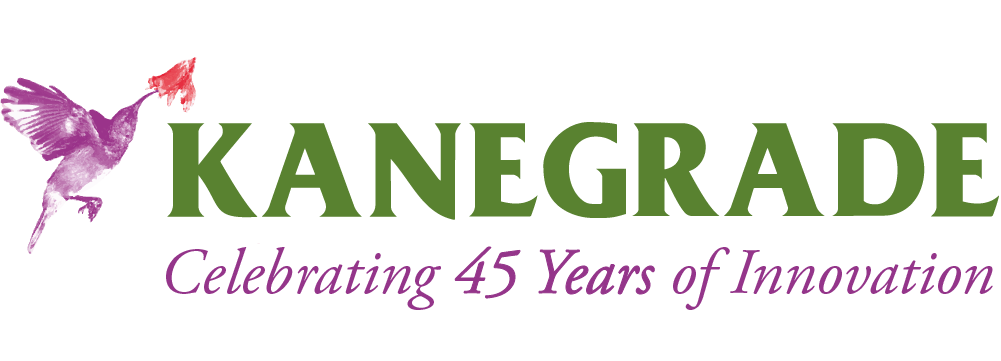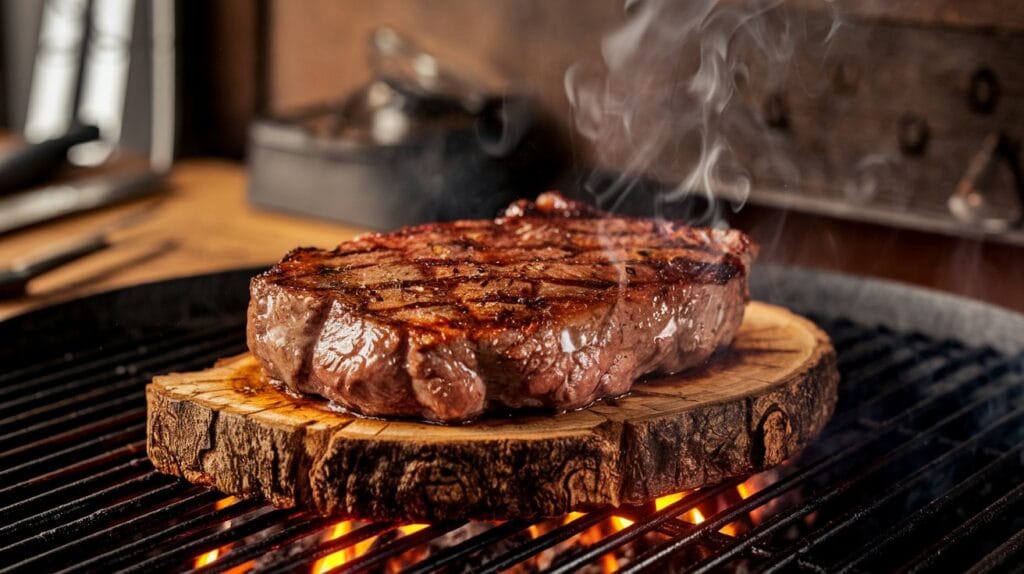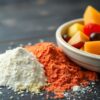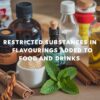Written by Aaron Gupta
The Managing Director of Kanegrade, Aaron has over a decade of experience in Flavours, Natural Colours and Fruit Powders as well as other ingredients. Passionate about technical, regulatory and quality matters, as well as delivering great taste experiences with consumer products.
Liquid smoke flavouring has become a topic of intense discussion in the food industry, with changes to EU regulations sparking debate about their use and forcing manufacturers to reformulate with alternatives.
But why have the changes been made?
This article will explore differences in the new regulations and their scientific basis, and will also examine the impact on food manufacturers and discuss potential substitutes for previously permitted smoke products.
By understanding the new rules, NPDers and industry professionals can continue to incorporate the smoky notes consumers love, whilst complying with the latest EU law.
Overview of EU Regulations on Smoke Flavourings
Existing smoke flavourings are complex mixtures of substances derived from specific processes that differ from traditional smoking, where smoke from burning wood is condensed and purified. These ‘smoke condensates’, or more commonly known as ‘liquid smoke flavourings’ are commonly added to various products, including meat, fish, cheese, soups, sauces, drinks, crisps, and even confectionery. They impart only a smoky flavour without the additional preservative function gained from traditional smoking.
Previous EU regulations
The European Union has long erred on the side of caution over smoke condensate flavourings, recognising the need for strict regulations to ensure consumer safety. Regulation (EC) No 2065/2003 implemented on 10th November 2003, established the initial framework for regulating smoke flavourings used in or on foods.
This regulation outlined the conditions under which smoke flavourings could be prepared and used, and it applied strict rules to source materials, preparation methods, and foods containing these flavourings.
Ten years later, Commission Implementing Regulation (EU) No 1321/2013 came into effect on 1st January 2014 and went further with much more strictly defined criteria.
It also established the Union list of authorised smoke condensate products, and even took the unusual step of listing 10 specifically-approved products and their corresponding manufacturers, and granted a 10-year authorisation period set to expire on 1 January 2024.
Reasons for the regulatory changes
The European Food Safety Authority (EFSA) has been responsible for the ongoing safety assessment of smoke flavourings intended for use in the EU. In 2022, EFSA conducted a thorough evaluation of the permitted smoke flavouring products up for renewal.
With recent advancements in analytical techniques leading to new scientific findings the EFSA Panel on Food Additives and Flavourings concluded they could not rule out concerns regarding genotoxicity for the majority of the assessed smoke flavourings. Genotoxicity refers to the potential of a substance to damage genetic material within cells, which may increase the risk of cancer and inherited diseases.
Crucially, EFSA stated that it was not possible to define a safe level of consumption for this type of toxicity. This finding aligns with the EU’s Precautionary Principle, which emphasises taking preventive action in the face of potential risks, even when full scientific certainty is lacking.
As a result of these findings, in December 2022, the European Parliament and the Council of the European Union reached a political agreement on the revised regulation, and the European Commission proposed not to renew the authorisation of eight smoke flavourings for food for which they’d had applications for renewal.
What will be banned?
The ban specifically targets the artificial smoke flavourings defined in Commission Implementing Regulation (EU) No 1321/2013 which are:
- Azelis Scansmoke PB 1110
- Mastertaste Zesti Smoke Code 10
- Symrise AG Smoke Concentrate 809045
- Azelis Denmark A/S Scansmoke SEF 7525
- Red Arrow Products Company LLC (now Kerry) SmokEz C-10
- Red Arrow Products Company LLC(now Kerry) SmokEz Enviro-23
- Nactis TradismokeTM A MAX
- ProFagus Gmbh proFagus-Smoke R709
- Kompozíció Kft Fumokomp
- AROMARCO, s.r.o AM 01
Once adopted in full, the manufacturing, import, export, and placing on the market of food and beverages containing these banned smoke flavourings will be prohibited.
When is the ban adopted?
Although the authorisation which permitted the use of the smoke condensate flavourings expired on 1st January 2024, a 6-month extension was granted whilst the details were finalised.
Regulation (EU) 2024/2067 of 31 July 2024 was eventually created to implement the ban, with ‘phase-out’ periods to allow time for producers and operators to redevelop with compliant alternatives.
The transitional period varies depending on the end-product category, allows for the sale of retail products that were lawfully placed on the market before the ban takes effect:
Traditional foods: For products like hams, fish, and cheeses that use these smoky flavourings as a substitute for traditional smoking methods, the phase-out period is 5 years, and traditional foods containing the legacy smoke condensates may continue to be placed on the market until 1st July 2029 and remain until the expiry of their shelf-life.
Food Products: For items such as crisps, soups, and sauces where the smoke flavouring is added solely for extra taste, the phase-out period is 2 years, and the food products containing the legacy smoke condensates may continue to be placed on the market until 1st July 2026 and remain until the expiry of their shelf-life.
To stay ahead of the curve, many manufacturers have already been reformulating with alternative options without waiting until it is fully implemented.
Impact on food manufacturers
The ban on these liquid smoke ingredients is expected to have a widespread impact across the food industry. Major producers will need to change their formulations. For instance, Unilever’s Unox brand, which makes 16 million ‘rookworsten’ or smoked sausages per year using the banned ingredients, will have to reformulate their products.
In Ireland, the Kerry Group has warned that the ban could cause ‘major economic harm’. The food company estimates that up to 40% of the ham and bacon sold in Ireland relies on the now-restricted smoking method.
Not all reactions to the EU’s decision from food manufacturers has been negative, with some companies seeing this as an opportunity to explore natural, potentially safer alternatives to liquid smoke flavouring. The new regulations have prompted food and beverage manufacturers across the EU to innovate and rapidly reformulate their products with alternatives.
Alternative options to banned Smoke Flavourings
1. Natural smoke-type flavourings
One approach to replacing liquid smoke ingredients involves the use of natural smoke-type flavourings. These are formulated with permitted flavouring substances to closely match the profile of traditional smoke flavourings without using actual smoke condensates. These can mimic conventional smoky flavour notes and can meet natural, vegan, non-GMO, Halal, and Kosher compliance expectations, making them suitable for a wide range of applications including meat, fish, cheese, dairy, snacks, and beverages.
2. Grill flavourings
Another option for food manufacturers is the use of grill flavourings. These are produced through proprietary processes involving the heating and cooling of oil, to impart authentic barbecue tastes to food products. Grill flavourings can serve as a viable substitute for liquid smoke ingredients, offering a similar depth of flavour without the regulatory concerns associated with traditional smoke flavourings.
3. Smoked ingredients
Smoked ingredients have emerged as a promising alternative to liquid smoke flavouring. These include smoked sugar, onion powder, garlic powder, as well as smoked carriers such as maltodextrin, oil and even water. The smoking process involves exposing selected ingredients to smoke generated through the burning of specific woods in a smoking chamber. This method allows manufacturers to achieve a taste profile that closely resembles that of smoke flavouring while complying with new regulations.
4. Combinations of the above
Some companies including Kanegrade are using combinations of the above techniques and raw materials to closely replicate smoke flavours which were previously permitted, and these can be more easily modified to get the exact smoke nuance required in your final product: whether that be oak, hickory, applewood, mesquite and others, and also ensuring that they are suitable for the application.
Reformulation strategies
As the industry adapts to the changes in smoke flavouring legislation, it’s crucial for food manufacturers to work closely with flavour experts and ingredient suppliers, which will help in developing smoke solutions that work in their application. Manufacturers may also consider using a perfected smoke ingredient as an alternative to traditional smoking of their products, which has become increasingly burdened with costs and environmental constraints.
Conclusion
The latest EU regulation changes on liquid smoke flavourings has, and continues to have a significant impact on the food industry, prompting manufacturers to rethink their ingredient choices for smoked flavour profiles.
These changes, rooted in EFSA’s scientific findings about potential health risks, reflect the need for continuous evaluation of ingredients with regard to consumer safety in food production. As a result of these changes, companies are exploring various alternatives to maintain the beloved smoky taste in their products while complying with new regulations.
Do you need an alternative to smoke flavouring which complies with the latest EU legislation? Contact us at Kanegrade to talk further.
